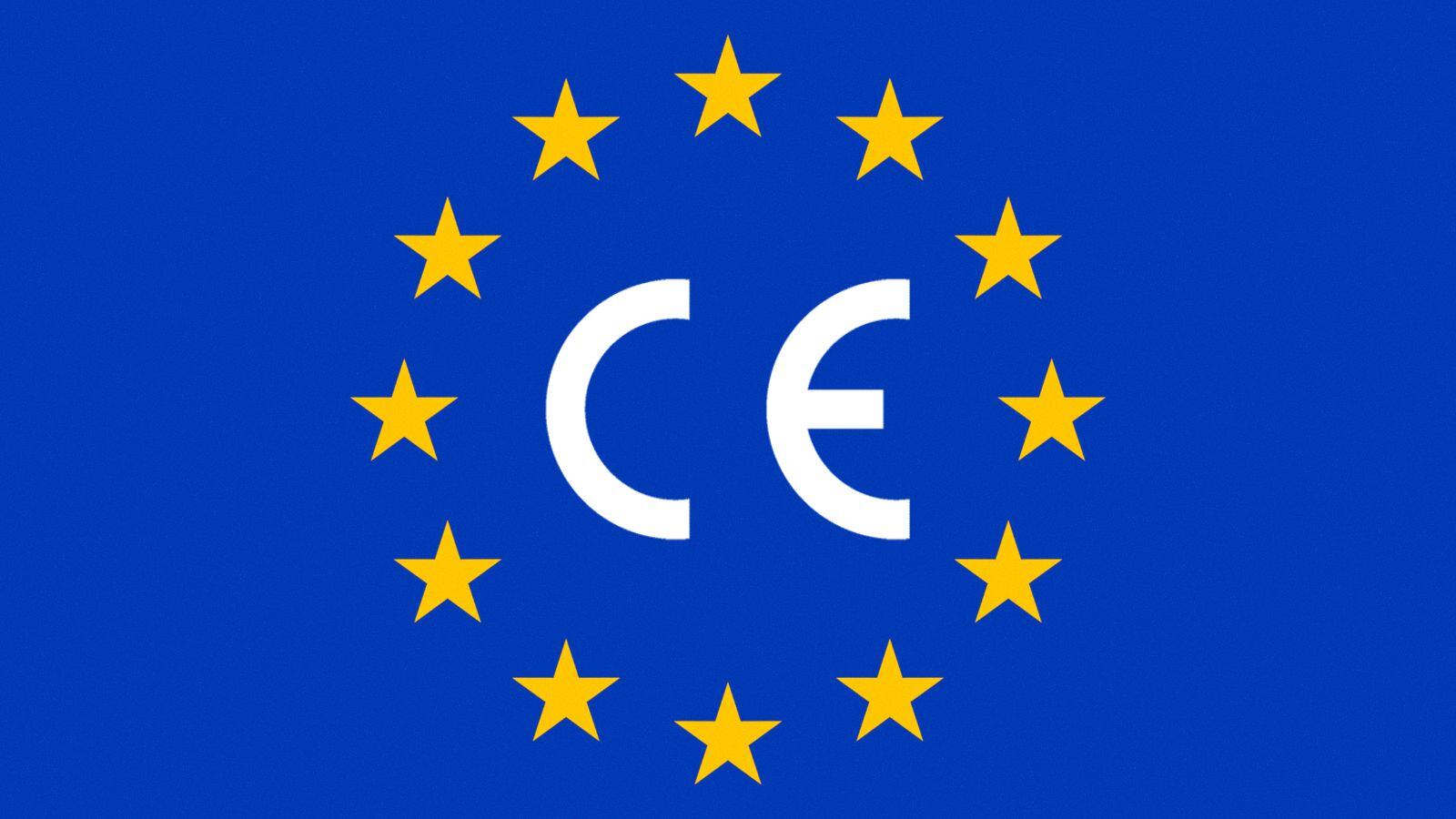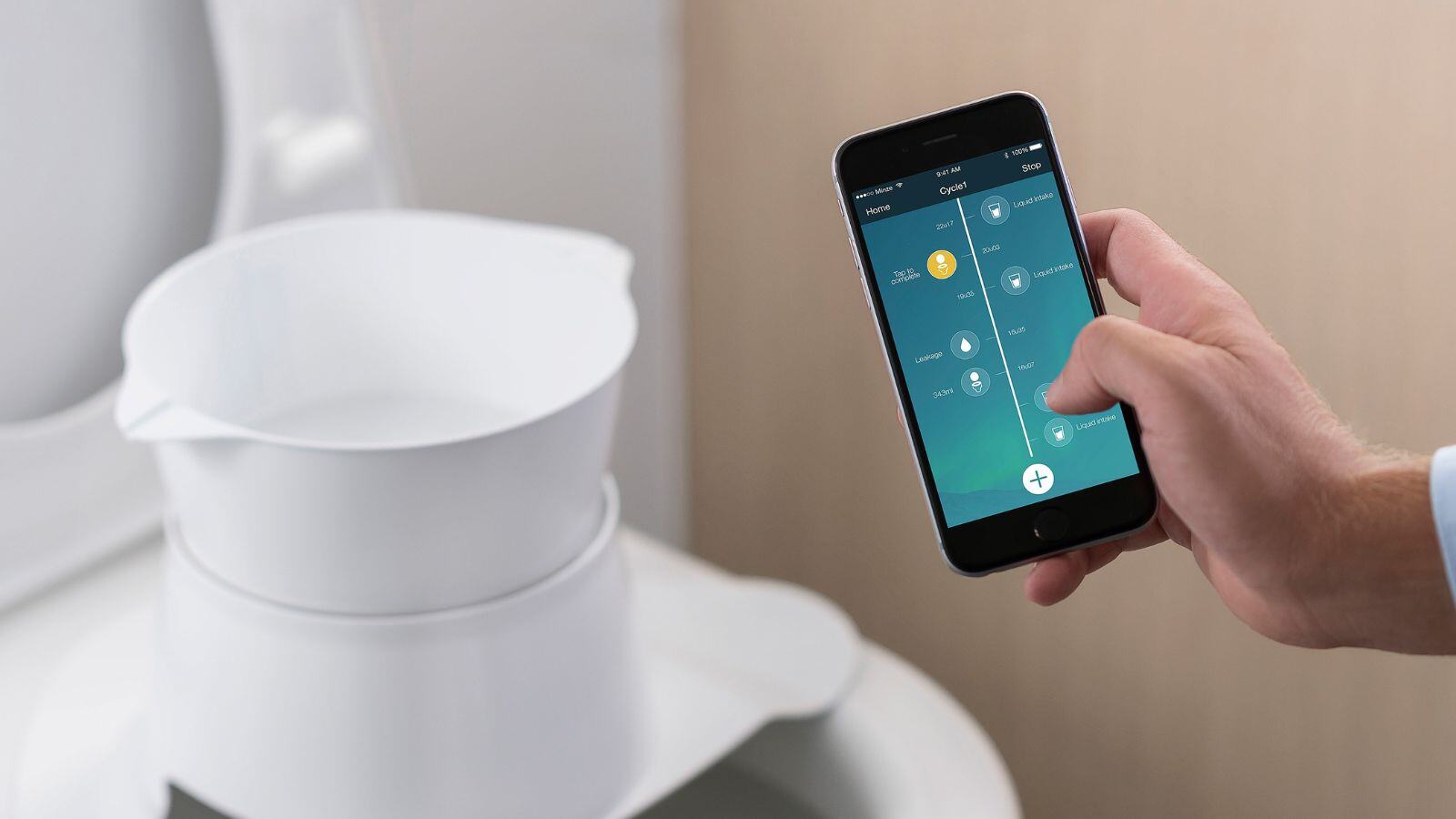In vitro diagnostic devices (IVDs) play a critical role in modern healthcare. From disease diagnosis to treatment decisions, they guide essential medical actions. For IVD developers, particularly those working with companion diagnostics (CDx), navigating the EU IVDR framework and submitting performance study applications can be challenging and time-consuming.
Understanding where things commonly go wrong, and how to avoid these issues, can help you reach the market faster and with greater confidence.
Why Annex XIV Matters for IVD Developers
Annex XIV of the IVDR outlines the regulatory requirements for interventional performance studies or certain other studies, especially when test results are used in making patient management decisions during clinical trials.
If your IVD is not yet CE marked, or if you're using it outside its intended purpose, an application for performance study authorisation might be required. This applies to many companion diagnostics (CDx), which are often developed alongside new drugs to ensure personalized treatment.
5 Common Causes of Delay in Annex XIV Applications
1. Incorrectly Defining Device Use in the Trial
An incorrect assessment of how the device is used within the clinical trial can lead to applying the wrong regulatory pathway, which in turn may cause questions from authorities, delays, or even rejection of the submission..
2. Poor Alignment of Clinical Trial and IVD Submissions
Delays often arise when sponsors fail to align the clinical trial application with the IVD performance study submission from the outset. Engaging the EU legal representative and the ethics committees and member state authorities too late can disrupt the approval process and create timing mismatches between the clinical trial and performance study activities.
3. Incomplete or Insufficient Performance Study Submission Dossiers
A weak or incomplete performance study submission dossier is one of the most common reasons for delays. Authorities expect a well-documented submission aligned with both IVDR requirements, local requirements and guidance such as MDCG 2022-19.
4. Variations in National Implementation
While the IVDR is directly applicable across the EU, Member States set their own procedures and timelines for both performance study applications and ethics committee submissions. As ethics committees operate independently of the IVDR, not anticipating these national differences can lead to additional questions and significant delays in approval.
5. Laboratory Qualification and Quality Standards
If study laboratories or sites are not appropriately qualified or lack adequate quality practices, this can raise concerns with regulators or ethics committees. Demonstrating that sites follow documented standards is essential to avoid questions and potential delays in study approval or initiation.
How to Avoid Delays in Performance Study Submissions
Avoiding common performance study submission challenges requires early planning and careful alignment between your clinical trial and IVD performance study. Key success factors include:
Engage a Legal Representative Early
For non-EU sponsors, appoint a legal representative at the outset to support timely communication and coordination with ethics committees and competent authorities.
Define Device Use and Study Scope Correctly
Ensure the device’s role in the trial and the type of performance study are accurately assessed to apply the correct regulatory pathway from the start.
Prepare a Comprehensive Performance Study Submission Dossier
Follow IVDR requirements and MDCG guidance when compiling your submission package, making sure it is complete, well-structured, and adapted to local authority expectations.
Plan for National Variations
Account for country-specific procedures and timelines, particularly for ethics committee submissions, which are independent of the IVDR.
Qualify Study Laboratories and Sites
Confirm that all labs and sites are appropriately qualified and operate with documented quality practices to demonstrate compliance and avoid delays in approvals or site initiation.
Conclusion: Minimize Delays with the Right Expertise
Submitting an Annex XIV application for your interventional performance study, especially in the context of CDx development, can be a complex task. But with early planning, regulatory expertise, and local insight, you can avoid common pitfalls and stay on track.
At QbD Group, our integrated IVD CRO and legal representative services support you from start to finish: clinical performance strategy, study design, site selection, site initiation, regulatory submissions, monitoring, audit preparation, and more. By partnering with our team, you benefit from:
- Reduced risk of delays
- Improved regulatory compliance
- Streamlined performance study execution across Europe
Ready to accelerate your performance study submission? Don't hesitate to contact us.















%20Checklist.jpg)








.jpg)




.jpg)
.jpg)

.jpg)


.jpg)
.jpg)
.png)